Our product team makes use of all possible means to get hold of actionable insights for roadmap improvements. At a first glance, relying on the input provided by the sales, marketing, and support teams might seem sufficient; however, we wanted to take the opportunity to use customer feedback to prioritize the product roadmap from a customer’s perspective as well.
But, how can the voices of customers be leveraged to drive the expected product changes?
In this post, I’ll explain how we used MonkeyLearn to analyze NPS responses to get actionable insights from customer feedback.
What is NPS?
Net Promoter Score is one of the most effective methodologies to capture customer feedback. It measures the chance of a customer’s recommending a business to their friends and colleagues by means of a single survey question:
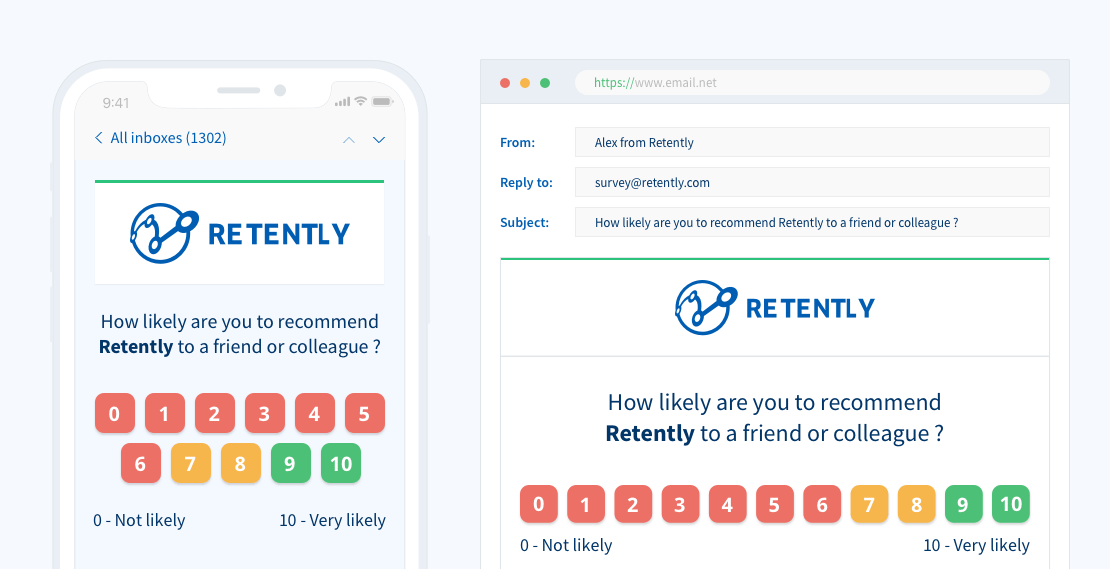
The resulting data thus determines your Promoters (score 9-10), Passives (score 7-8) and Detractors (score 0-6).
The rating question is followed by an open-ended question to inquire on the “why” behind the given score. This is where the actionable side of the NPS survey is fully uncovered and where we can discover insights from responses like “The user interface is quite straightforward and easy to use, but your documentation is quite confusing”.
There is nothing more powerful than getting to see your product through the eyes of your customers. However, for companies receiving thousands of NPS responses, sorting through the feedback becomes quite a challenge.
Sorting through the feedback is tough
We’ve got lots of insights associated with the scores customers provided in our own NPS campaigns, but we needed to figure out what was driving our NPS score and how to convert the open-ended responses into something actionable.
Among the challenges to be taken on we have marked out the following:
1. Too much feedback to analyze manually
Digging into and manually sorting through all the received responses is quite a laborious task. Moreover, a manual analysis would imply multiple errors caused by distractions and fatigue. Analyzing feedback thus becomes time-consuming and expensive to analyze, interpret, and sort through.
2. Lack of consistent criteria
The human factor also makes it difficult to evaluate the sentiment or theme of a response due to the subjectivity of the task and the lack of consistent criteria. Emotions, experiences, and knowledge are all influencers of a human being’s perception and are the root cause of inconsistencies in feedback analysis.
3. Lack of granularity
Raw data also lacks the level of detail needed in a decision-making process (due to its unorganized nature). How can we track critical information which encourages immediacy of the action if we lack the scale of detail required?
Automated Text Analysis with MonkeyLearn
These are some of the reasons that compelled us to search for automated text analysis solutions and finally go with MonkeyLearn. By letting AI do the job for us, we obtained insights from high volumes of NPS responses automatically, avoided doing the manual work, and ensured consistent tagging criteria, without errors, 24/7.
Text analytics can be applied to NPS responses to help uncover valuable insights by:
- Grouping comments into general themes to identify common customer pain points and thus, help you understand how to improve their experience.
- Extracting customer sentiment or attitudes, and, as a result, identify customers at risk of churning.
The Process
In our quest to automate the analysis of our customer feedback, we have come up with the idea of using Zapier to stick everything together. By creating a new Zapier action in our native Zapier integration, we were able to connect Retently and MonkeyLearn and automate this whole process.
You can replicate this automated process too by creating a zap that follows the steps detailed below:
- Trigger: a new survey response is completed in Retently.
- Action: MonkeyLearn analyzes the response and gets the corresponding aspect or sentiment.
- Action: the survey response is tagged in Retently with the results from step 2.
As an alternative, you can also use this template on Zapier which provides a guided setup experience including pre-filled options and fields so you don’t have to create a zap from scratch.
Training our model
In order to tailor the automated analysis to meet our needs and criteria, we created a custom classifier on MonkeyLearn based on this public model for analyzing NPS feedback. For the training of our model, we collected and tagged over 1,000 text responses.
The feedback taxonomy we agreed upon allowed us to group the responses into specific theme buckets, or tags. These tags can be associated with a customer’s response, and the response can have as many tags needed to elicit the essence of the customer feedback.
As a result, we have come up with the following division of the received feedback, including tags as:
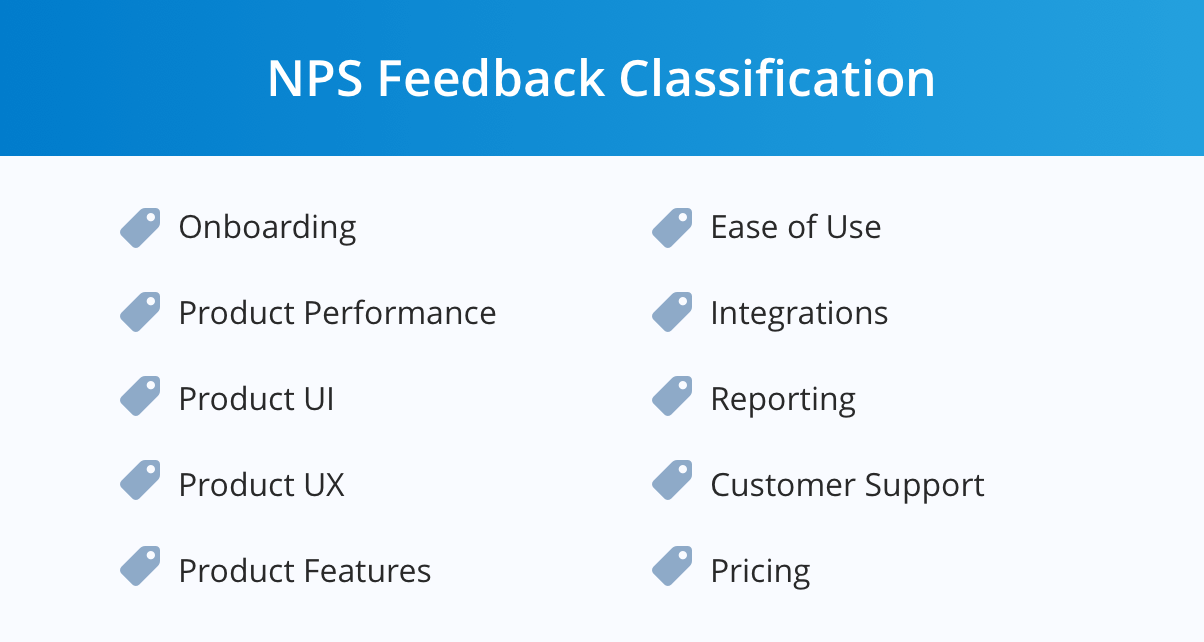
Other businesses, depending on their needs, might modify this list of tags, but on the whole, it covers the main theme buckets for most SaaS organizations.
Having tagged the responses within these buckets, we were able to group the Promoters, Passives, and Detractors, and see what tags were the most prevalent in their feedback. We could then rank order how many times the tag was used in those response buckets.
Previously, we had been analyzing all of this data in spreadsheets; however, this required a lot of manual input and was prone to errors. Enthusiastic about the results, we decided to implement a new report in our product dashboard so our customers might also benefit from this feature:
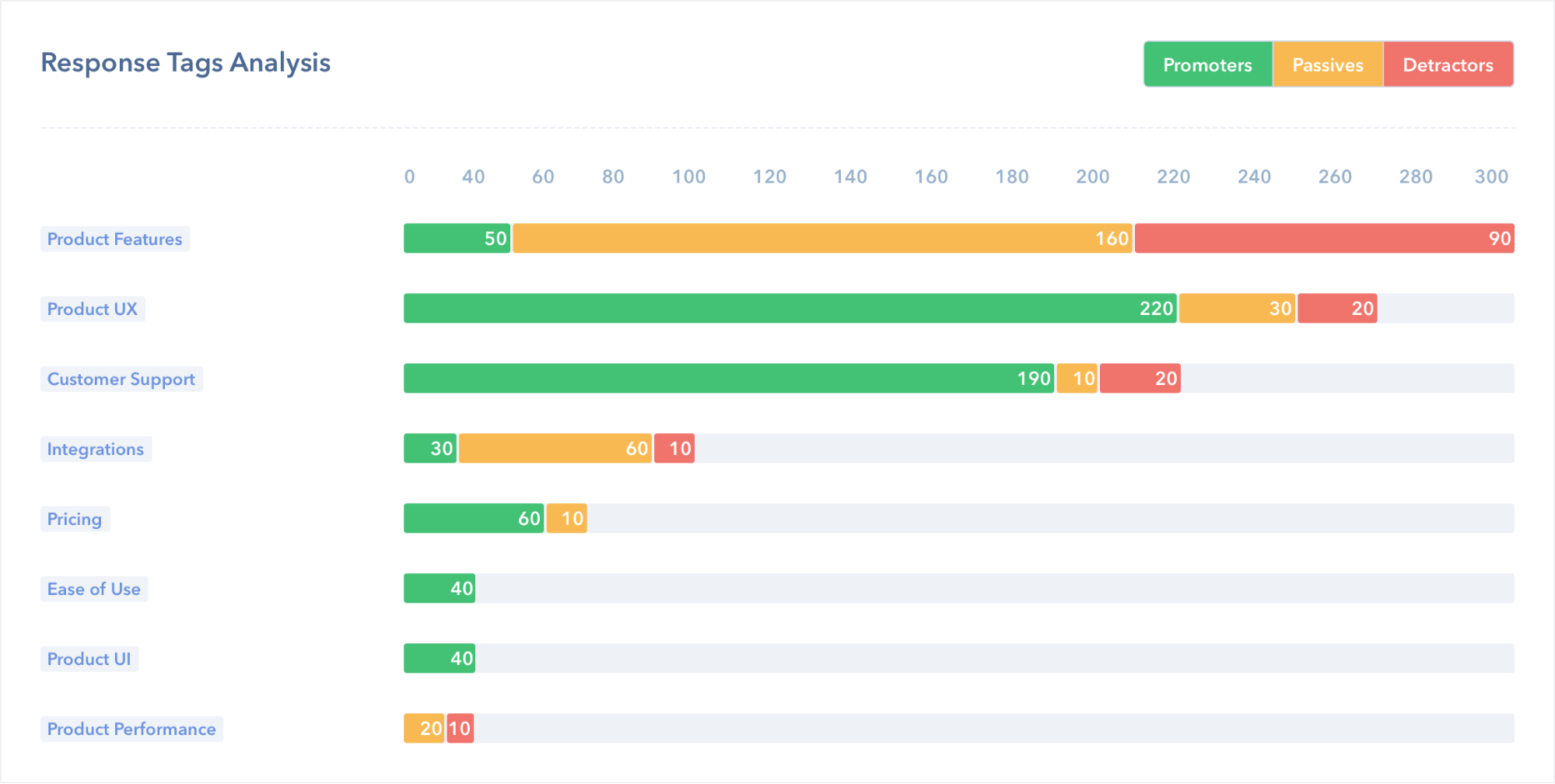
Now, we were in a position to reflect not merely raw data but also showcase customer priorities from their own words.
The variety of data received following this survey text analysis turned to be an incredible opportunity to take action and convert our weaknesses into strengths.
Everyone was thrilled about the uncovered data which were now neatly organized: a 360° customer view on our product health and the gaps which needed to be taken care of.
The power of data
As the results show, most of our customers love our product design, its cleanliness, and its user experience. Our customer support team efforts are highly appreciated.
Our product, however, still lacks enough features for most customers to be Promoters, and this is clearly the path we should take further – i.e. listen to what features are important to our customers and implement them.
Our customers also have a unique opportunity to use MonkeyLearn and leverage machine learning to their benefit, by making their employees more efficient and extracting value out of each NPS response.
Takeaway
All businesses are constantly dealing with data, whether generated by their audiences through customer satisfaction tools or provided by their customer support teams following direct client interactions. However, raw data is not neatly organized and insightful.
Thus, the challenge is how to leverage the collected information to address existing issues and make the business visible among the competitors.
Here is where automated analysis with machine learning takes the stage. The outcome is a gold mine of valuable insights for any business, offering the background for strategic decisions, an accurate understanding of the customer, and, as a result, more growth and a better experience for everyone.























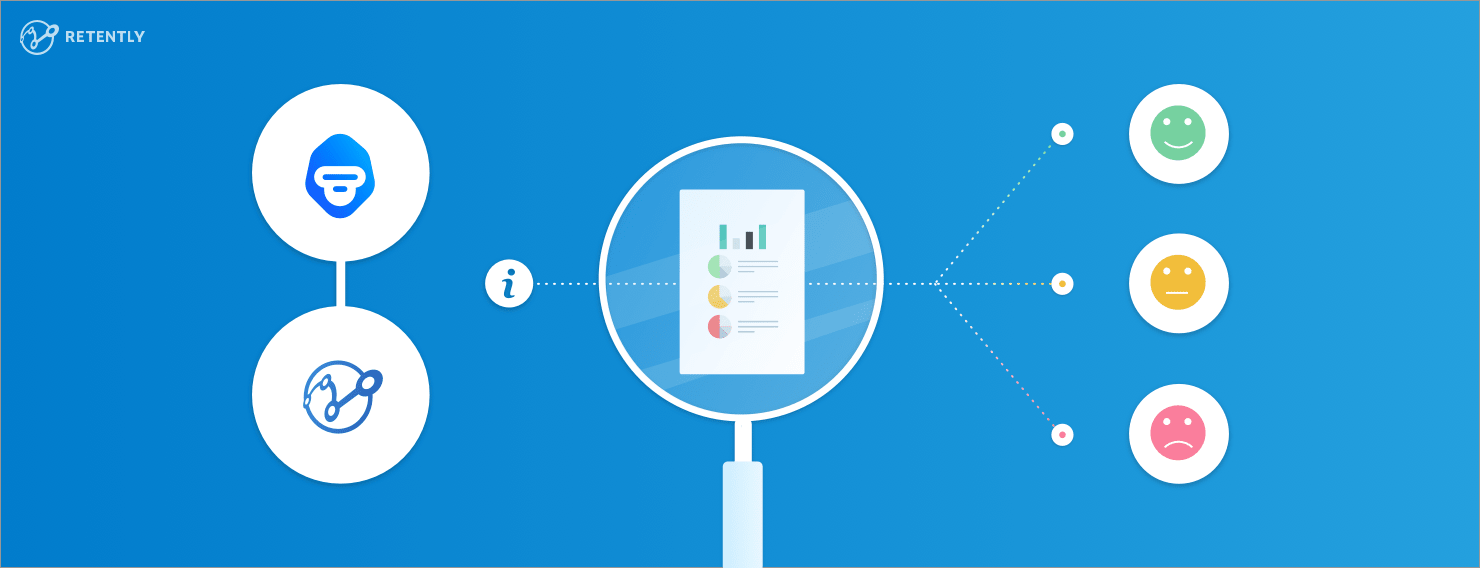






 Greg Raileanu
Greg Raileanu 
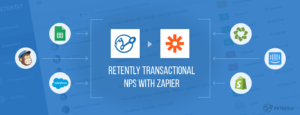
 Alex Bitca
Alex Bitca 


